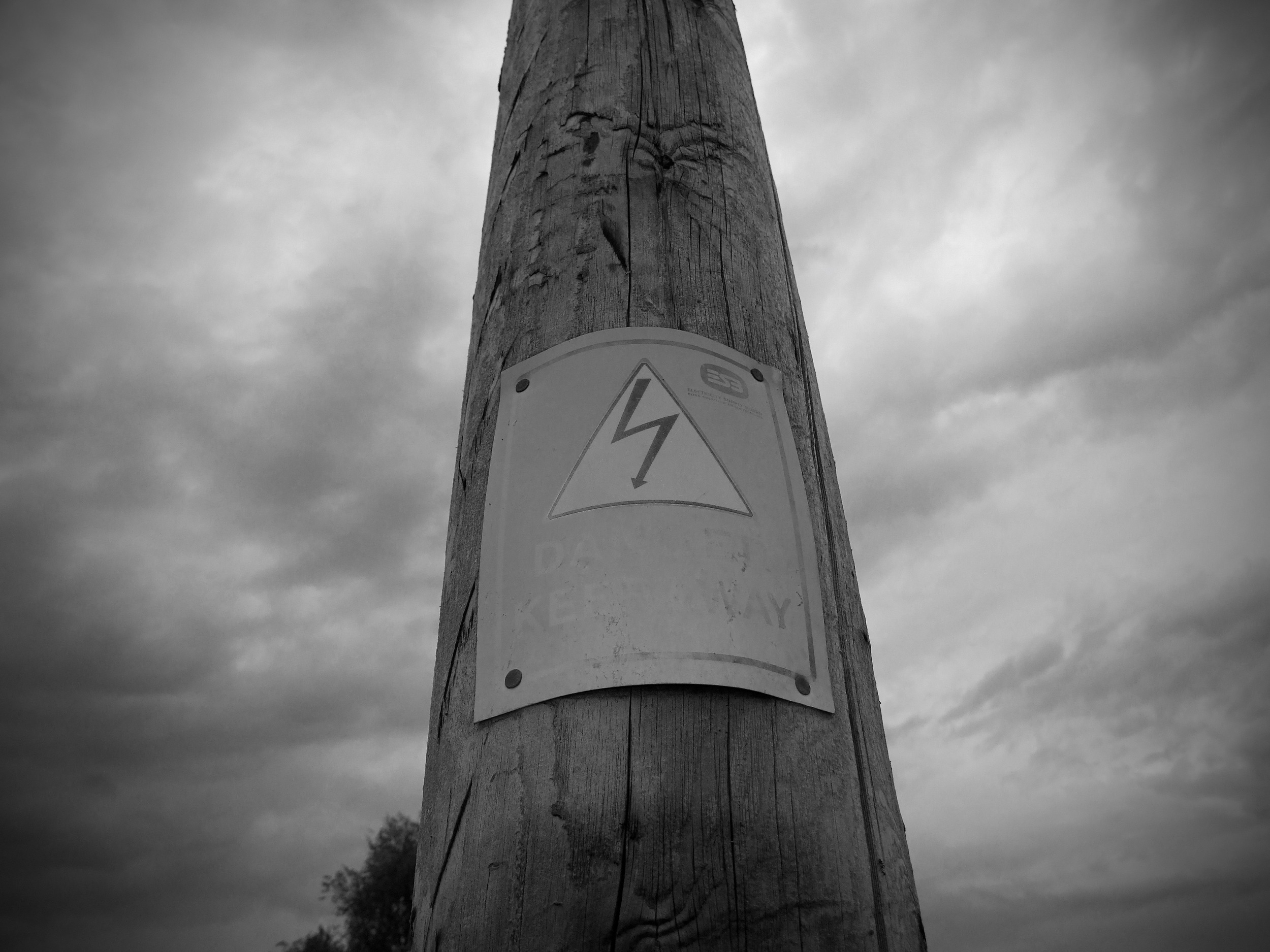The June heat means sound is travelling faster than it has all year (warm air increases speed of sound) which unfortunately allows for all the late night drunken Dublin sing song to reach my apartment window even quicker. Not that I'm a curmudgeon!
Anne Maree Barry's new work Otium Cum Dignitate (Leisure with Dignity) which I sound designed is currently on show in The Lab on Foley Street until August 20th. It's a fascinating exploration of gender and class division through the lens of early 20th century Dublin, specifically the notorious Monto area above Talbot Street.
Currently in the works is a radio adaptation of Orla Murphy's award winning theatre drama Remember to Breath
Set during a young Irish woman's attempts to learn to swim in a post-earthquake Christchurch, New Zealand, it explores themes of loss, disconnection, and identity as she strives to reconcile her old home life with her new home land. Sound design and mixing are almost complete and it will be broadcasting on Newstalk FM in the near future.









